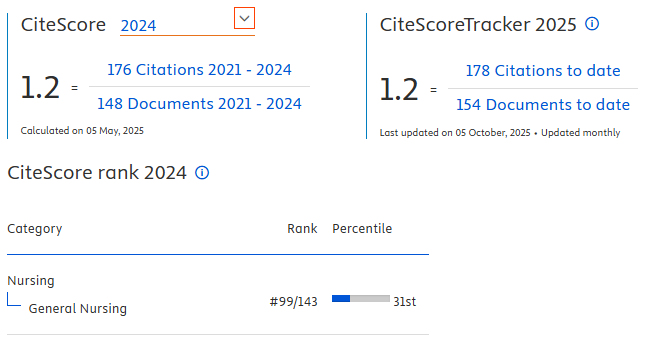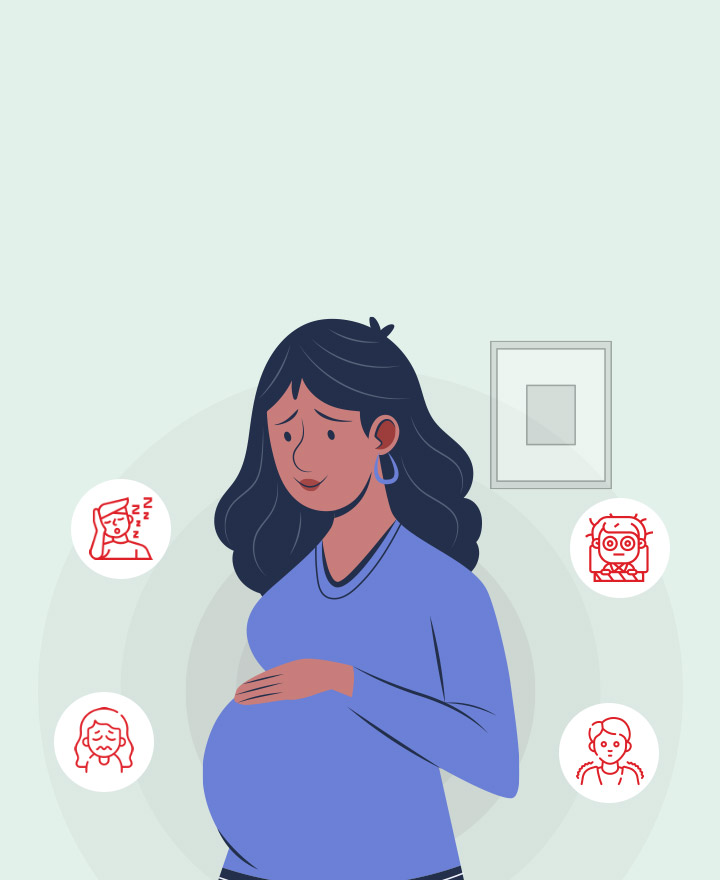Submissions
Submission Preparation Checklist
As part of the submission process, authors are required to check off their submission's compliance with all of the following items, and submissions may be returned to authors that do not adhere to these guidelines.- As part of the submission process, authors are required to check off their submission's compliance with all of the following items. Submissions may be returned to authors that do not adhere to these guidelines.
- The author(s) haven't suggested any personal information that may make the identity of the patient recognizable in any form of description, photograph or pedigree. When the photographs of the patient are essential and indispensable as scientific information, the author(s) must have received the consent in written form and have clearly stated such.
- In case of experimenting on humans, the author(s) have certified that the process of the research is in accordance with the ethical standards of the Helsinki declaration, as well as any domestic and foreign committees that preside over the experiment. If any doubts are raised as to whether the research proceeded in accordance with the Helsinki declaration, then author(s) are required to explain it. In the case of experimenting on animals, the author(s) have certified that the author(s) had followed the necessary domestic and foreign guidelines related to experimenting on animals in a laboratory.
- The author(s) have received consent from the author or editor of any pictures or table quoted from other journals or books. A portion or the entirety of the article must not have been published in other journals, nor must it have contributed to other journals or is still under review.
- The author(s) undersigned hereby give the Faculty of Nursing Universitas Airlangga the rights as publisher, the right of first publication of all published material. It will be llicensed under a Creative Commons Attribution 4.0 International License.
- Author(s) of the journal have clarified everything that may arise such as work, research expenses, consultant expenses, and intellectual property on the document in relation to the ICMJE form disclosure of conflicts of interest.
-
To ensure a smooth submission process and compliance with Jurnal Ners standards, please prepare the following essential requirements before submitting your manuscript:
1. Reference Management: The manuscript must utilize a reference manager (Mendeley is recommended).
2. Title Page: Include a complete title page as per the journal's guidelines.
3. Ethics Approval: Attach the ethics approval number and specify the ethics committee institution in the manuscript.
4. Plagiarism Check: Provide a plagiarism check report with a similarity index of less than 20%.
5. Template Compliance: Ensure the manuscript is formatted according to the Jurnal Ners template
Submissions that fail to meet any of these five requirements will be immediately rejected. Authors may revise their manuscripts to address the issues and resubmit it for further consideration.
Copyright Notice
Authors who publish with Jurnal Ners agree to the following terms:
- Authors transfer the Copyright and grant Jurnal Ners the right of first publication with the work simultaneously licensed under a Creative Commons Attribution 4.0 International License that allows others to remix, adapt and build upon the work with an acknowledgment of the work's authorship and of the initial publication in Jurnal Ners.
- Authors are permitted to copy and redistribute the journal's published version of the work (e.g., post it to an institutional repository or publish it in a book), with an acknowledgment of its initial publication in Jurnal Ners.
Jurnal Ners requires a formal written declaration and transfer of copyright from the author(s) for each article published. We, therefore, ask you to complete and return this form, retaining a copy for your own records. Your cooperation is essential and appreciated. Any delay will result in a delay in publication. The form can be downloaded HERE.
































